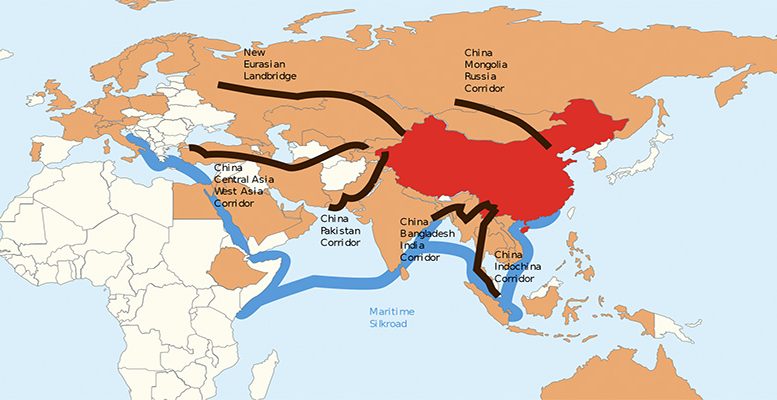Alicia García Herrero (Natixis) | Almost a decade has passed since President Xi Jinping announced the launch of the Belt and Road Initiative (BRI), originally titled ‘One Belt One Road’. The BRI has since expanded into one of China’s most important tools for the build-up of soft power and the implementation of its overseas activities (Dadabaev, 2018). Simultaneously, however, the initiative has attracted controversy in the international media, particularly after COVID-19 led to widespread disruption of global economic activity. The downturn caused debt distress in many developing countries, many of which received massive Chinese investment prior to 2020. This raises the question as to how the sentiment towards the BRI has evolved across the globe.
In this paper, we have analysed the sentiment towards the Belt and Road Initiative in the world using a large open-access dataset, namely GDELT. The key finding is that most regions in the world hold a rather positive view towards China’s BRI, although wide differences appear across regions and countries. North America and South Asia hold a negative view of the initiative, while Central Asia and sub-Saharan Africa display the most positive opinions. We also find that countries not having signed an MoU have a more negative image of the BRI than ‘Early Joiners’ and ‘Late Joiners’. Further, our results show that – although average sentiment is positive – the feeling towards the BRI has deteriorated. The analysis suggests that this trend is only partially connected to the deterioration of China’s image in general. In fact, the sentiment towards the BRI has deteriorated faster than the feelings towards China as a country. We also document that sub-Saharan Africa, where debt restructuring has been most frequent still holds a positive view of the BRI.
The regional discrepancies in sentiment and the deterioration of the BRI’s image will have lasting effects on the nature of China’s foreign policy engagement. Several key policy implications can be extracted:
As a consequence of the BRI’s deteriorating image in Western economies, the Chinese leadership will most likely concentrate its diplomatic efforts on regions that are still positive towards the BRI, namely Central Asia and sub-Saharan Africa. With its current engagement in the UN and its emphasis on South- South cooperation this is already well under way. Due to the strategic importance of these regions for European economies, the EU must step up its efforts in these geographies while keeping in mind the complexities on the ground.
The EU can expect the Chinese government to adjust the narrative behind the Belt and Road Initiative in response to a generally deteriorating sentiment. Initial indications are already observable. Chinese foreign policy elites now frequently speak about ‘Belt and Road Cooperation’ instead of ‘Belt and Road Initiative’ which sounds less like a strategic push towards a nationalist goal. Besides, several new concepts have appeared that complement the Belt and Road Initiative, notably the ‘Global Development Initiative’ and the ‘Global Security Initiative’. It seems clear that any analysis of the future of the BRI needs to take into account the evolving sentiment as well as China’s reaction to it, which also implies a rapidly changing narrative, as a way to adapt to the growing challenges.
Global trends in countries’ perceptions of Belt and Road Initiative





